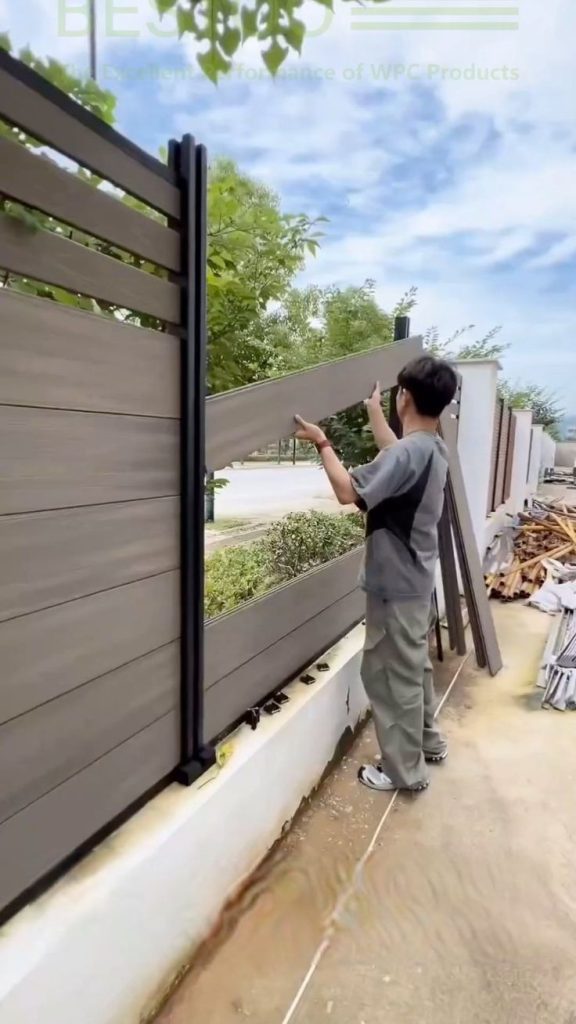When planning a fence, selecting the right type of post is a foundational decision that impacts the project’s durability, cost, and ease of installation. Among the most common steel post options, Y posts (also known as star pickets or steel pickets) and T posts are frequently considered. While both serve the primary purpose of supporting fencing wire, they possess distinct characteristics that make them more suitable for different applications. Understanding these key differences is crucial for making an informed choice.
Structural Design and Cross-Section
The most apparent difference between Y posts and T posts lies in their cross-sectional shape.
- Y Post (Star Picket): As the name suggests, a Y post has a three-pointed, star-shaped cross-section, resembling a ‘Y’ or an asterisk. This unique design provides excellent torsional rigidity, meaning it resists twisting and bending forces effectively. The multiple flanges of the ‘Y’ also offer a larger surface area to grip the soil, contributing to superior stability once driven into the ground. Y posts typically feature pre-drilled holes along their length for attaching wire.
- T Post: A T post, on the other hand, has a distinct ‘T’ shaped cross-section. This design also offers good strength and resistance to bending. T posts are commonly identified by their studded or knobbed surface along one flange, which allows for easy attachment of fencing wire using clips. They often have a flat plate welded near the bottom, known as an anchor plate or spade, which helps to prevent the post from pulling out of the ground once driven.
Installation Method and Ground Stability
Both post types are designed for driven installation, but their ground stability mechanisms differ.
- Y Post: Y posts are driven directly into the ground using a manual or mechanical post driver. Their pointed tip and star shape facilitate penetration, even in harder soils. The stability of a Y post relies heavily on the compaction of the soil around its flanged shape, providing good resistance to lateral movement. They are generally considered very stable in a wide range of soil conditions.
- T Post: T posts are also driven into the ground with a post driver. The integral anchor plate at the bottom of a T post is a significant feature. Once the post is driven to the correct depth, this plate acts as a buried anchor, providing substantial resistance against uplift and rotational forces. This makes T posts particularly stable in softer or looser soils where a Y post might rely more on the surrounding soil’s natural compaction.
Wire Attachment
The method of attaching wire also varies between the two.
- Y Post: Y posts typically come with a series of pre-drilled holes along their length. Fencing wire is threaded through these holes or secured using specialized wire clips or ties that wrap around the post and through the holes. This method provides a very secure attachment, but can be slightly more time-consuming than T-post clips.
- T Post: T posts feature a series of evenly spaced studs or knobs along one of their flanges. Wire is attached using specialized T-post clips, which are designed to hook around the wire and snap onto these studs. This system allows for very quick and easy wire attachment and adjustment, making T posts popular for rapid fence installation.
Common Applications
While there’s overlap, each post type tends to excel in certain applications.
- Y Post: Due to their excellent torsional strength and good all-around stability, Y posts are widely used in agricultural and rural fencing for livestock containment (cattle, sheep), boundary demarcation, and general-purpose fencing. They are particularly favored in areas with firm to hard soils.
- T Post: T posts are also very popular in agricultural settings, especially for electric fences and barbed wire fences, where their quick wire attachment system is a significant advantage. The anchor plate makes them a strong choice in areas with softer or sandy soils, providing superior resistance to uplift. They are also frequently used for temporary fencing or in situations where quick setup and dismantling might be required.
In conclusion, both Y posts and T posts offer robust and efficient solutions for wire fencing. The choice between them often comes down to specific soil conditions, the type of wire being used, the desired ease of wire attachment, and personal preference. Understanding their unique structural and functional differences will help you select the optimal post for your fencing project.


